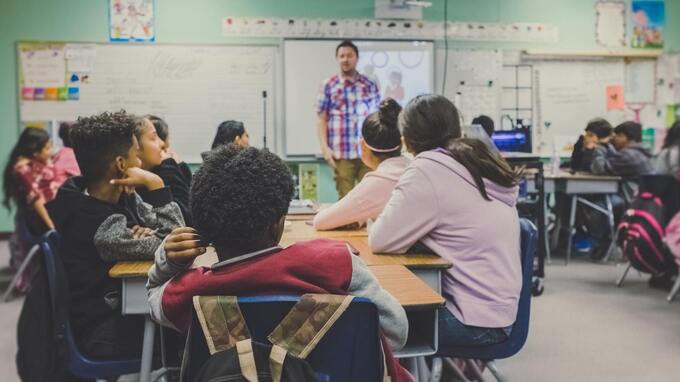Research In Action
Research In Action
Breadcrumb

All too frequently, there is mainstream media coverage on school bullying and its varied consequences. As a Violence Prevention Program Manager at CHOP with particular expertise in bullying interventions, these types of news stories always grab my attention. However, there was one news story this week that I particularly wanted to address with our Research in Action readers.
A North Carolina elementary school recently asked a 9-year-old male student who was being bullied by classmates over his “My Little Pony”-themed backpack to stop carrying the item at school. The school dubbed the backpack “a trigger for bullying.” The student’s parents have since removed him from the school and are going public with their story. You can read more here.
This school’s administration was faced with a difficult situation, and I’m sure they felt that they were doing the right thing by asking the student to leave his backpack at home. However, I think there were several missed learning opportunities in this case. It’s so important that school leaders let their students and staff know that they take bullying seriously and that it is not acceptable in their school. I often see that small conflicts involving children teasing each other can turn into larger problems if adults don’t step forward to set expectations and promote a more positive school climate. Additionally, there was the opportunity to work with the peer group, or the students who saw the incident but were not directly involved in the bullying, often called bystanders. Bullying, whether in physical, relational, or cyber form, is most effectively addressed at a whole-school level involving all adults and students, where neither the victim nor the bully(ies) are singled out.
A critical component of this whole-school approach involves the diverse group of adults across school settings modeling and reinforcing acceptance of individual differences and intolerance of bullying. Creating this type of school culture helps to educate and empower students to make positive decisions in tough social situations and to be “positive bystanders.” Given that 80% of school-age youth have been bystanders of bullying situations like the one in this story, this is a group that’s strong in both numbers and power to stand up to bullying. It’s important to set the expectation that students should help others and also create an atmosphere where they feel comfortable and safe to do so.
Employing this whole-school approach to bullying prevention is what we do here at CHOP with the Partner for Prevention (P4P) Program that we run in several partnering Philadelphia elementary schools. We teach students problem solving and anger management strategies, empathy and perspective taking, and strategies for being a positive bystander. In addition to that, we partner with parents, school administrators, teachers, and support staff who work in the unstructured school settings where bullying commonly occurs (lunchroom and playground) to model, educate and reinforce bullying prevention strategies and promote a safe and positive school climate. I’ve seen how a collaborative approach like this can turn conflicts into really powerful learning opportunities. I’m optimistic that as others take a similar stance, difficult situations like the one in this story can have a more positive ending for all involved.

